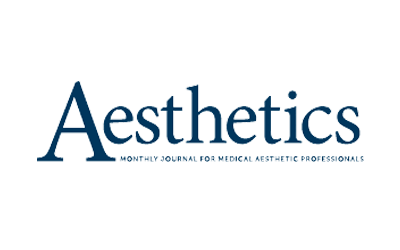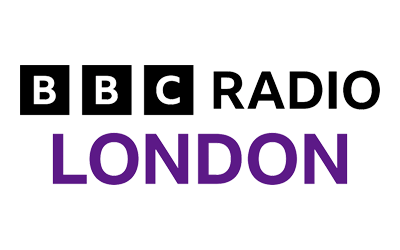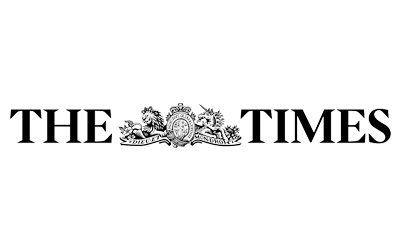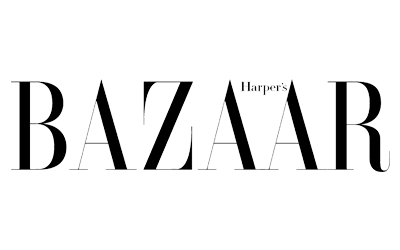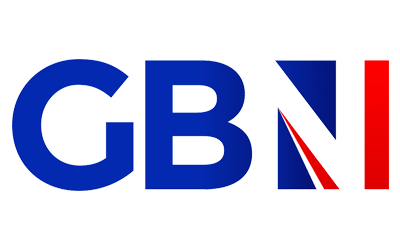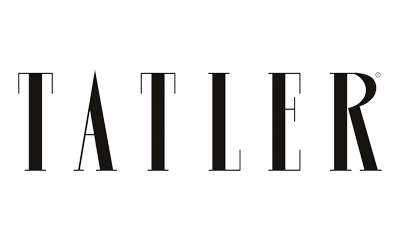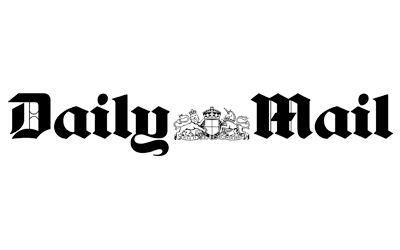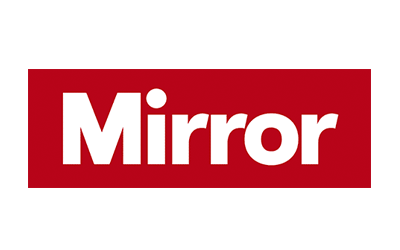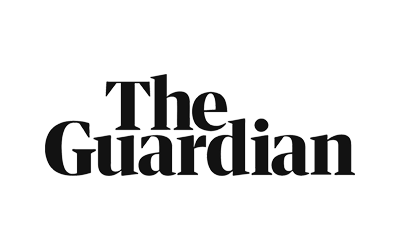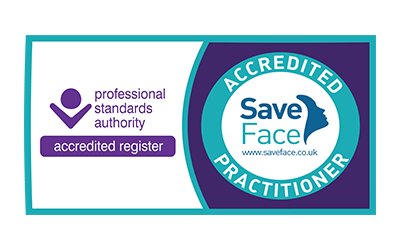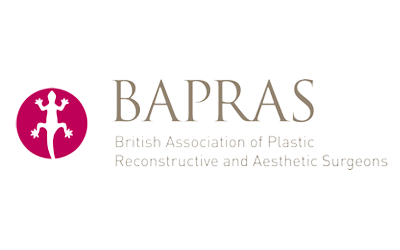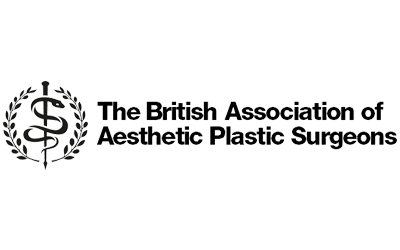Over time and particularly after childbirth, women can find that their breasts have begun to sag and lose shape. A breast uplift removing excess skin and reshapes the breast to produce a more youthful appearance. Below are some of the most frequently asked questions Mr Karidis gets asked during our breast uplift consultations. If you’d like any more information, call 02037 335839 to speak to one of the team or arrange a consultation.
Quick Links
FAQs for Breast Uplift Surgery (Mastopexy)
Breast Uplift Surgery formally known as “Mastopexy” is a surgical procedure performed to lift breasts that have naturally dropped through ageing, weight loss, or post pregnancy
Only a consultation can determine this. During your consultation Mr. Karidis will ask you about your general medical history including details about any previous breast surgery, and childbirth. The best candidates for a mastopexy are healthy, emotionally stable women who are realistic about what surgery can achieve. The best results are usually achieved in women with small, sagging breasts. Breasts of any size can be lifted, but the result may not last as long in heavy breasts. While women of all ages can benefit, it’s usually never performed before the breasts are fully developed. As with all plastic surgery, only a consultation with Mr Karidis will establish your suitability to this procedure and we encourage you to ask any questions you may have, especially those regarding your expectations and concerns about the results.
In general terms, Breast uplift surgery usually involves an incision around the areola as well as a vertical incision from this point down to under the breasts’ natural fold. Occasionally a long horizontal incision in the breast crease may also be required, however this will be discussed with you beforehand. The breast tissue will be will be sutured and supported whilst any excess skin will be surgically removed and thus the breast skin envelope tightened. The areola and nipple will usually be repositioned and lifted to take into account the new shape of the breasts. You must understand however that although a Mastopexy tightens and repositions the breasts it does not add or increase any volume. If this is what you also desire, you may then want to consider a breast augmentation at the same time to improve the fullness of the breasts. All sutures used for this procedure are of the dissolving type.
In circumstances where there is both an element of drooping and “emptiness” of the breast has developed, particularly in the upper half, then an uplift on its own is probably not enough to give a satisfactory result. In these situations an increase in volume through the addition of a breast implant is also indicated. A breast augmentation and uplift is therefore simultaneously performed. This will be discussed with you at your consultation. Read our FAQs on implants here.
A mastopexy is usually performed under general anaesthesia and takes about 75 minutes.
After surgery you may notice that the breasts feel quite firm and taut, particularly along the edges of the incision site. You may experience some minor to moderate degree of pain which will be well controlled with pain killers. This usually improves and dissipates after the first 4-5 days. Depending on your exact procedure, bandages are left on for 10-14 days. You will also be instructed to wear a moderately firm supporting bra without an underwire. You should be able to move your arms reasonably provided you use common sense not to overdo things.
A breast uplift procedure may be done as a day case although some patients prefer an overnight stay in hospital.
Following surgery you will experience some swelling and occasionally bruising of the breasts. The bruising usually lasts about 2 weeks. While most of the swelling will have dissipated by this time, some subtle swelling may still be present for up to 4-6 months. Although every effort is made to position the tissue and nipples as symmetrical and evenly as possible, natural tension forces within scars may however stretch these slightly which could result in unevenly positioned or shaped nipples postoperatively (always however take into consideration that normal breasts naturally have differences anyway!). If this is significant then corrective surgery-usually under local anaesthetic- will be able to remedy this.
In the days and first weeks after surgery you will also probably notice that the breasts feel quite firm and taut, particularly along the edges of the incision site. This will be as a result of the normal healing process laying down elements of scar tissue to facilitate healing. When this occurs, massage as instructed by your surgeon will speed up the recovery. It gradually resolves in time but may take a few months to complete. You may also notice in the first few weeks that your breasts appear unnaturally high and very propped up. Don’t despair as gravity always loosens them up quickly and brings them back to a more natural, desirable level. You should also expect the sensation to the skin in the nipples and surrounding skin to be reduced after surgery. This is as a result of surgical trauma to the nerves in the region. Although this usually recovers in a few months, permanent numbness may conceivably ensue. Lastly, whilst the techniques used by the Mr. Karidis ensure the best possible continuity between the breast and nipples, thus increasing the possibility of breast-feeding after breast uplift surgery, this cannot be guaranteed.
Scars are not a complication but a normal event after any surgery. In a breast uplift, the scars, depending on the degree of sagging and the technique used, can be lengthy and will take many months or even up to two years to settle. However as they are around and below the nipples, scars shouldn’t be noticeable even in low cut clothing or a bathing suit. You should always expect the scars to be red, raised, lumpy and even itchy to begin with but with time they should fade and flatten. This is the natural evolution of the healing process. Daily massage of the scars during this time period is advised to expedite and facilitate this process. The office of Mr. Karidis also provides you with special silicone gel sheets which when applied to the scars improve their appearance. You must understand however that no responsible surgeon will ever be in a position to predict any scars ultimate appearance.
Breast uplift surgery is never as painful as most people think it will be. Newer techniques have ensured more minimally invasive and therefore less traumatic surgery. For a few days after your surgery, you will probably only experience minor to moderate degree of pain which should be well controlled with pain killers. This usually improves and dissipates after the first 4-5 days.
Whilst it is true that when a breast uplift is performed by an experienced and qualified plastic surgeon the risks are small, nonetheless, specific complications with this procedure can and do occur.As in any procedure the risk of significant infection is always possible. This is minimised by careful surgical technique and the preventative administration of antibiotics. However despite these measures mild infection is relatively common and can occur around the incision sites, but usually subsides over a period of about 2 weeks with appropriate care and treatment. General anaesthetic risks such as leg and lung blood clots are rare. Early mobilisation by moving around as soon after the surgery as possible reduces this considerably. Mr. Karidis regularly deploys anti-clotting measures such as special stockings(TEDS) and compression devices(Flowtron) during surgery to minimise this. As mentioned earlier, swelling should be expected after this operation. When mild or moderate swelling is present, the body rapidly reabsorbs this. Very occasionally, increased bleeding can lead to more significant swelling and the development of a haematoma (a collection of blood under the skin)-less than 1%. If this were to happen, surgical drainage to evacuate this would be required. Ultimately however this should not affect the final outcome. This is very rare in Mr. Karidis’s hands. During the first 2 -3 weeks after surgery, some patients may experience a minor loss of wound adhesion, suture extrusion or even chafing of the skin at any point of the incision sites. One of the most common sites is the point where the vertical scar meets the nipple and or the under-breast crease. This is a temporary complication, which will require regular dressing changes initially. Eventually a scab develops over this, which subsequently separates after 3-4 weeks. A padded dressing for a period of a few weeks decreases the likelihood of this occurring. However some distortion of the skin around the scar may ensue. Further revision surgery may be required if necessary.
Patients should always remember that healing is a gradual process. Despite being up and about in a day or two after this type of surgery, you should always try to make provisions to rest in the first few days after surgery. Although many people go back to light work duties by about a week others find it more appropriate to take a further 7-10 days to rest. Remember variations do occur in the time individuals take to heal and in fact it may be that you may need a few weeks to pass before you feel yourself again. Walking is helpful in the first 3-4 weeks as this improves the circulation and helps reduce the swelling, as well as the chance of blood clots developing. Heavy lifting or strenuous activity is prohibited in the first 6 weeks after surgery. Overall common sense rules in the recovery period. If what your doing is uncomfortable then don’t do it!
Find out more about the breast lift recovery timeline.
You should be in a position to travel by car the next day with some care required for the seatbelt across your chest. You are able to fly within a couple of days provided you wear appropriate flight socks.
The results of this operation are usually excellent and you can expect less drooping of your breast with nipples in a higher position and a fuller shape in the upper half of your breast. It is important to note however that although immediately after surgery, your new breast will be apparent, the final shape will take approximately six months to fully emerge. Every effort will be made to make your scars as inconspicuous as possible. It is important to remember that mastopexy scars can be extensive and are permanent. The scars can usually be placed so that you can wear even low cut tops without these being visible.
The use of Fractional and V-Beam laser may improve the outcome of the scars. Furthermore to refine the areas around the breast such as the décolletage area, some patients consider Ultherapy to the décolletage area. Ultherapy helps to improve the skin texture and reduce fine lines by stimulating collagen production to the area.
In accordance with the National Healthcare Commission guidelines, and according to the last ten years of annual audit figures submitted to the Hospital of St. John and St. Elizabeth in London, Mr. Karidis has performed on average 50 Breast uplift procedures per year. It is easy to understand therefore that having been in private practice since 1997 Mr. Karidis has performed a large number of these procedures.
You will need to wear the sports bra continuously for 6 weeks (apart from when washing) after surgery. It is also important to avoid any strenuous upper body exercise for at least 6 weeks.
A surgeon fee, anesthetist fee and hospital fee will be required. You will be given a breakdown of these costs on the day of your consultation.
It is very common to have some bruising, swelling and minor asymmetry to the breasts. This is often completely normal and will settle over the course of the coming weeks. You may feel numb or tingly in some areas due to some nerve irritation. This usually resolved within the first 6 months of surgery.
As a guideline, most patients can return to work after 1 week. However, patients whose work involves strenuous activity or lifting may require 2 weeks off work. It is best to wait for 4 weeks before commencing moderate lower body exercise with a view to be back to normal
activities by around 6 weeks post surgery. Overall common sense rules in the recovery period. If what you’re doing is uncomfortable then don’t do it!
It is always useful to allow yourself plenty of time to recover and organise sufficient time off work. 1-2 weeks off should give you sufficient time to allow any obvious swelling to subside. Ensure any blood tests or other tests that are required are undertaken well in advance to avoid any potential delays.
We look forward to seeing you at the clinic around 7 and 14 days after your surgery to review your result and check all is healing well. Providing all is well, you will usually see Mr. Karidis at around 6 weeks post operation for a routine check up. Further appointments can of course be made if necessary.
After your operation you may feel a little drowsy from the anaesthetic and other medications. Therefore, we strongly suggest that, if possible, you nominate a friend or family member to collect you. Alternatively, we can assist you in booking a taxi whilst you are in hospital.
Please ensure that you notify medical staff of any heavy bleeding, pain, excessive swelling, pockets of fluid or a persistent high temperature (above 37.5 degrees for 12 hours or more). Most often there is nothing to be concerned about, however, it is always best to check!
Breast uplift surgery has an extremely high satisfaction rate. The procedure will give confidence to the individual and allow them to wear clothes and undertake activities that were previously felt unsuitable.


